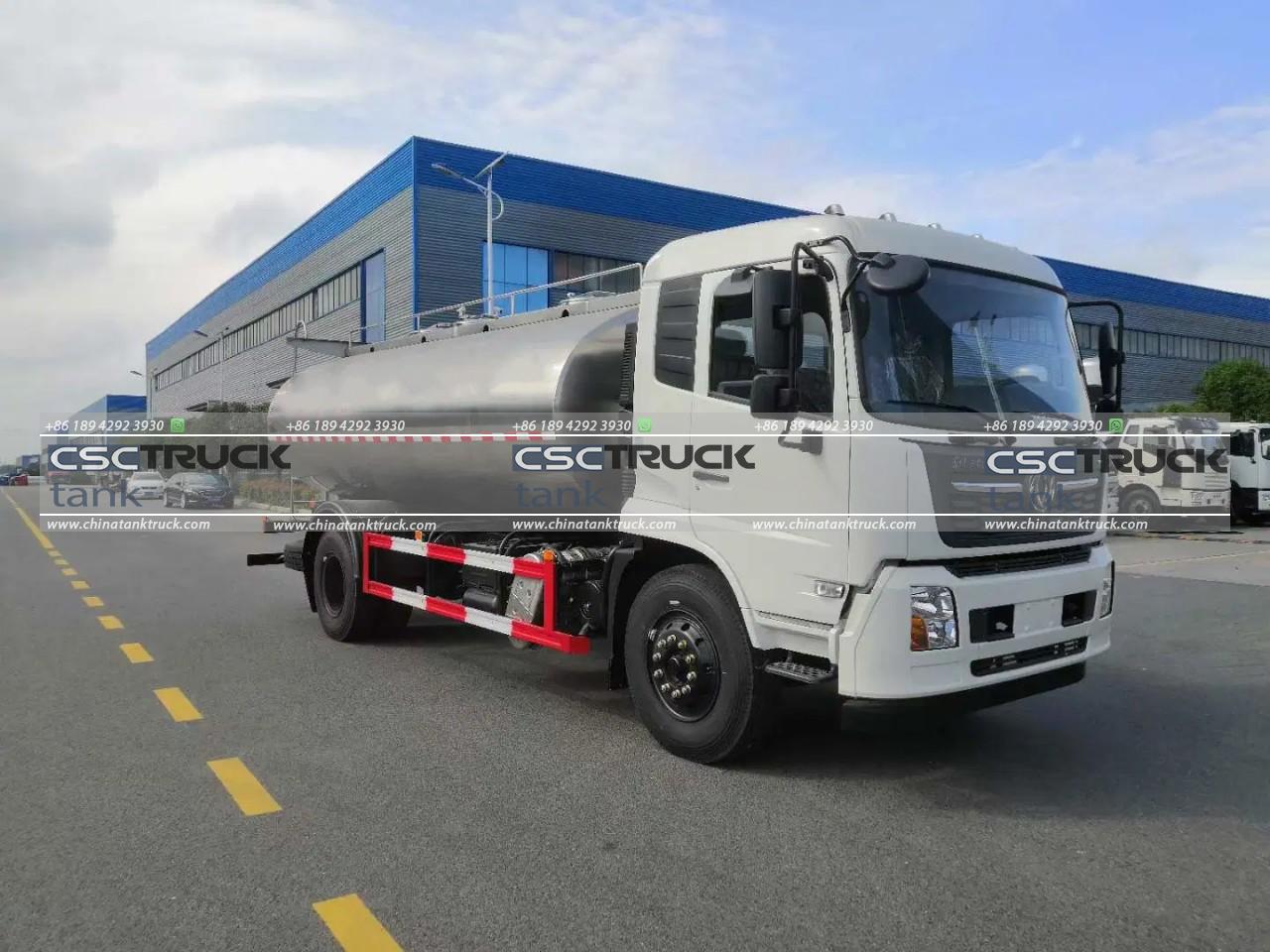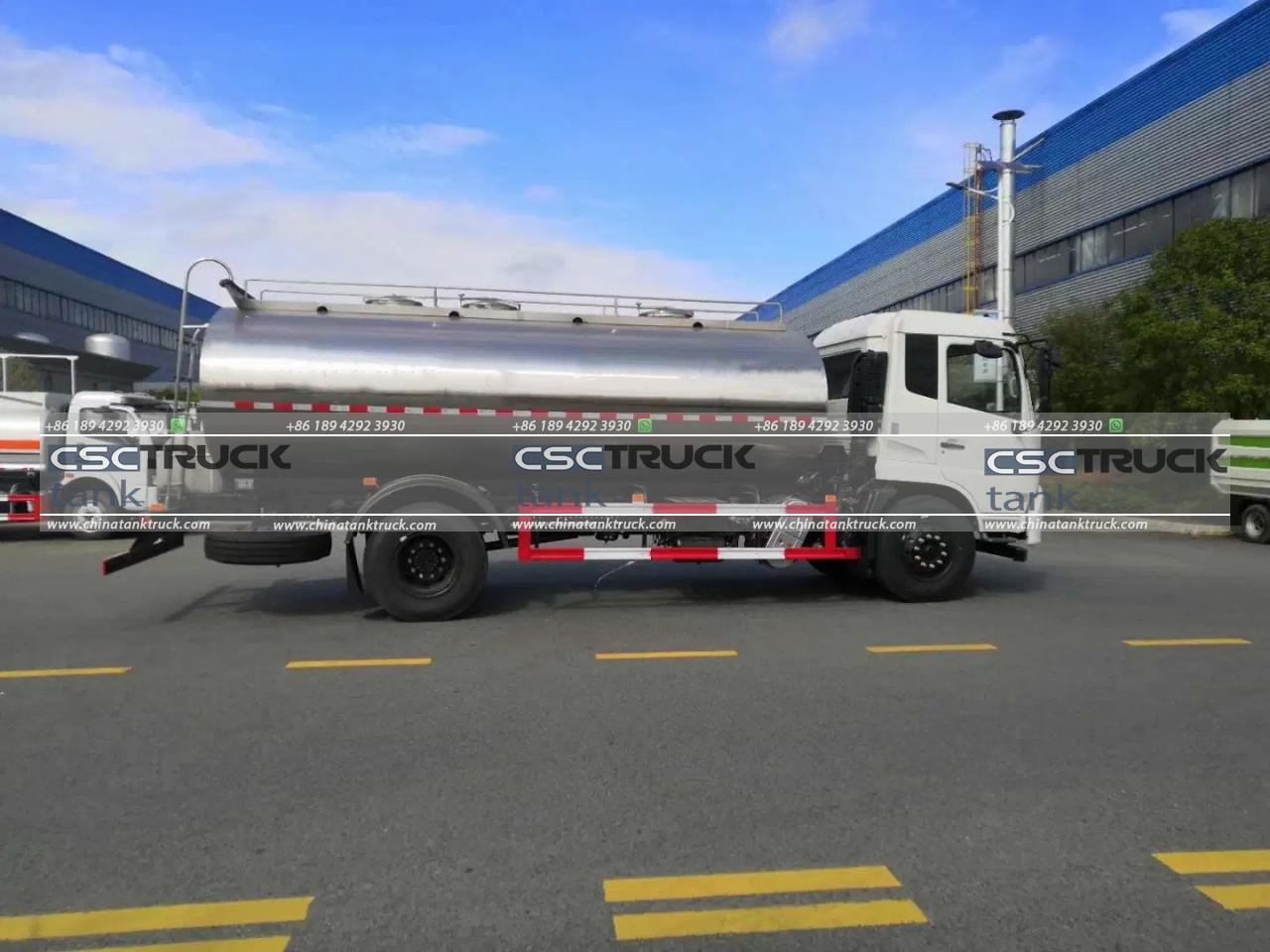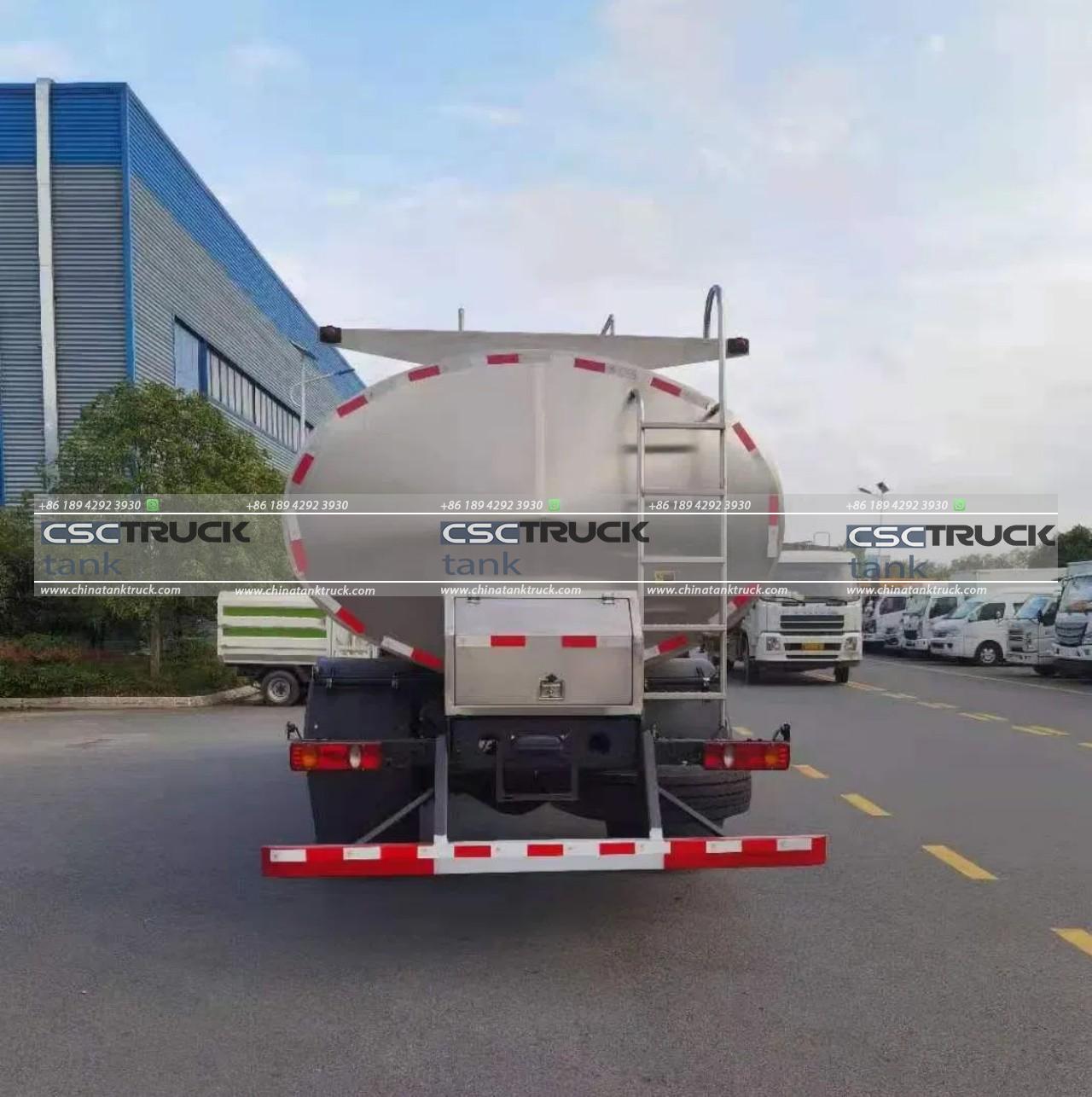What is the Use of a Milk Tanker?
Milk tankers play a critical role in the dairy industry, serving as the essential link between dairy farms and processing plants. These specialized vehicles are designed to transport large quantities of raw milk from farms to dairies while maintaining the product’s quality, safety, and freshness. Understanding the use of milk tankers involves exploring their design, functionality, and the broader impact they have on the dairy supply chain.
The Primary Use of Milk Tankers: Safe and Hygienic Transportation
The primary function of a milk tanker is to transport raw milk from dairy farms to processing facilities in a safe, hygienic, and efficient manner. Milk is a highly perishable product that requires careful handling to prevent spoilage and contamination. Milk tankers are equipped with insulated, stainless steel tanks that maintain the milk at a consistent temperature, usually around 4°C (39°F), to prevent bacterial growth during transport.
Maintaining the cold chain is crucial because milk can spoil quickly if exposed to higher temperatures. The insulated design of the milk tanker, combined with its ability to be refrigerated if necessary, ensures that the milk remains fresh from the time it is collected until it reaches the processing plant.

Specialized Design Features of Milk Tankers
Milk tankers are not just any ordinary truck; they are designed with several specialized features to handle the unique demands of transporting milk:
1. Insulated Tanks: The tanks are typically made from high-grade stainless steel, which is resistant to corrosion and easy to clean. The insulation helps maintain the required low temperature, ensuring the milk stays fresh during transit.
2. Sanitary Pumps and Valves: Milk tankers are equipped with sanitary pumps and valves that minimize the risk of contamination during loading and unloading. These components are designed to be easily cleaned and sterilized to maintain high hygiene standards.
3. Baffling: Inside the tank, there are baffles—internal walls that prevent the milk from sloshing around too much during transport. This not only ensures a smoother ride but also helps to prevent the milk from churning and potentially turning into butter.
4. Automatic Sampling Systems: To ensure quality control, many milk tankers are equipped with automatic sampling systems. These systems take small samples of milk at the time of collection, which are later tested for quality, fat content, and possible contaminants.
5. Measuring Equipment: Milk tankers are also equipped with measuring systems that accurately record the volume of milk collected from each farm. This ensures transparency and fair payment to farmers based on the amount of milk supplied.
The Role of Milk Tankers in the Dairy Supply Chain
Milk tankers are a vital part of the dairy supply chain, ensuring that raw milk reaches processing plants in optimal condition. The supply chain can be broken down into several key stages where milk tankers are involved:
1. Collection: The journey of milk begins at the dairy farm. After milking, the raw milk is stored in large, refrigerated bulk tanks on the farm. A milk tanker arrives at the farm to collect the milk, which is pumped from the bulk tank into the tanker’s insulated tank. This process usually happens daily or every other day to ensure that the milk is always fresh.
2. Transportation: Once the milk is loaded into the tanker, it is transported to a processing plant. The design of the milk tanker ensures that the milk remains at a safe temperature during this journey, which can vary in length depending on the distance between the farm and the processing plant.
3. Unloading: Upon arrival at the processing plant, the milk is unloaded from the tanker into storage silos, where it will be processed into various dairy products like cheese, butter, yogurt, and pasteurized milk. The tanker is thoroughly cleaned and sanitized after each delivery to maintain the highest standards of hygiene for the next load.
4. Quality Control: Throughout the entire process, from collection to delivery, milk is subject to rigorous quality control measures. Samples taken during collection are tested for fat and protein content, bacterial count, and the presence of any contaminants. These tests ensure that only high-quality milk enters the food supply chain.

Milk Tankers and Food Safety Regulations
The use of milk tankers is governed by stringent food safety regulations to ensure that milk remains safe for consumption. These regulations cover everything from the design and maintenance of the tankers to the handling procedures used by drivers and dairy workers.
For example, in many countries, milk tankers must be cleaned and sanitized after each load to prevent cross-contamination. Drivers are often required to keep detailed logs of their activities, including the temperatures at which milk was transported, the times of collection and delivery, and any issues encountered during the journey.
Regulatory bodies, such as the Food and Drug Administration (FDA) in the United States or the European Food Safety Authority (EFSA) in the European Union, set the standards for these practices. Compliance with these standards is crucial not only for the safety of the milk but also for the reputation and trustworthiness of the dairy industry as a whole.
The Impact of Milk Tankers on the Dairy Industry
The efficiency and reliability of milk tankers have a significant impact on the dairy industry. By ensuring that milk is quickly and safely transported, these vehicles help maintain a steady supply of fresh milk to processing plants, which in turn supports the production of a wide range of dairy products.
Moreover, the ability of milk tankers to transport large volumes of milk over long distances allows dairy farms to expand their markets beyond local regions. This has led to the growth of large-scale dairy operations and the centralization of milk processing in larger, more specialized plants.
In addition, the data collected by milk tankers, such as the volume of milk collected and the results of quality tests, provide valuable insights for dairy farmers. This information can help farmers optimize their production practices, improve milk quality, and ultimately increase their profitability.

Conclusion
Milk tankers are an indispensable part of the dairy industry, playing a crucial role in the safe and efficient transportation of raw milk from farms to processing plants. Their specialized design and adherence to strict hygiene and food safety standards ensure that the milk remains fresh and uncontaminated throughout its journey. By facilitating the smooth operation of the dairy supply chain, milk tankers help ensure that consumers have access to high-quality dairy products while also supporting the economic viability of dairy farms.

